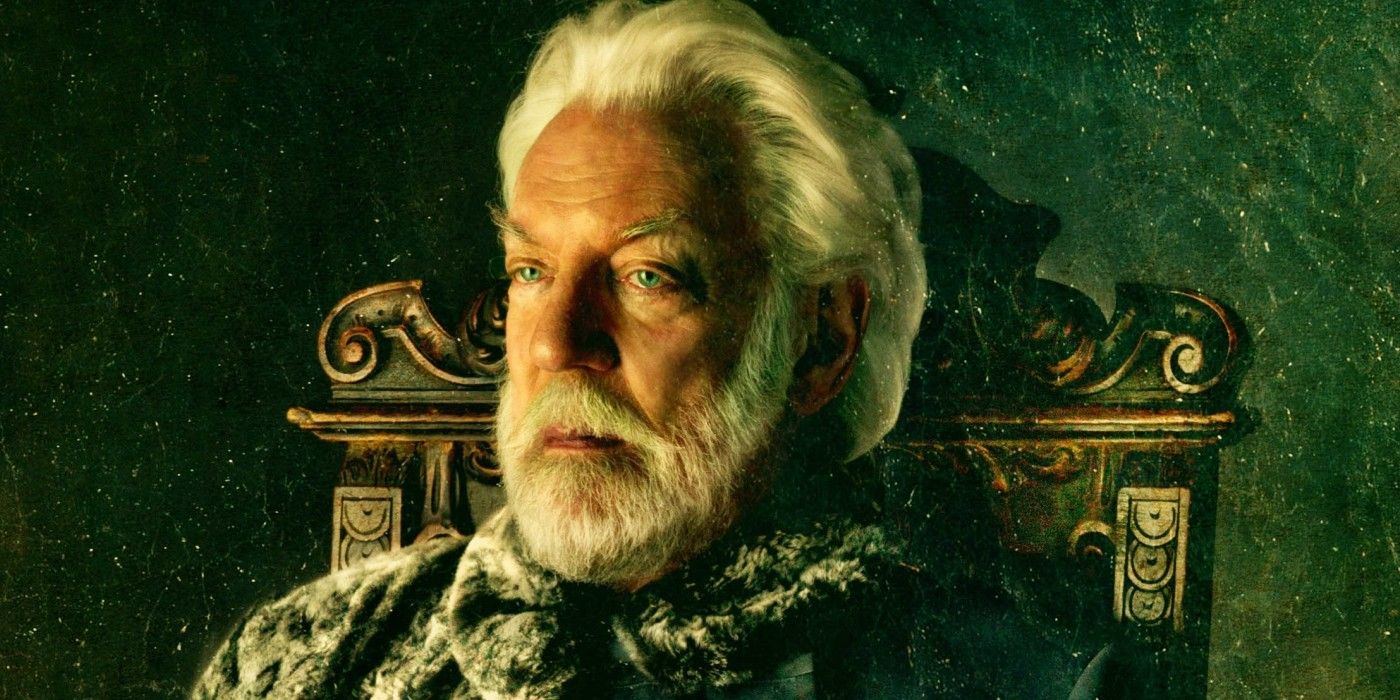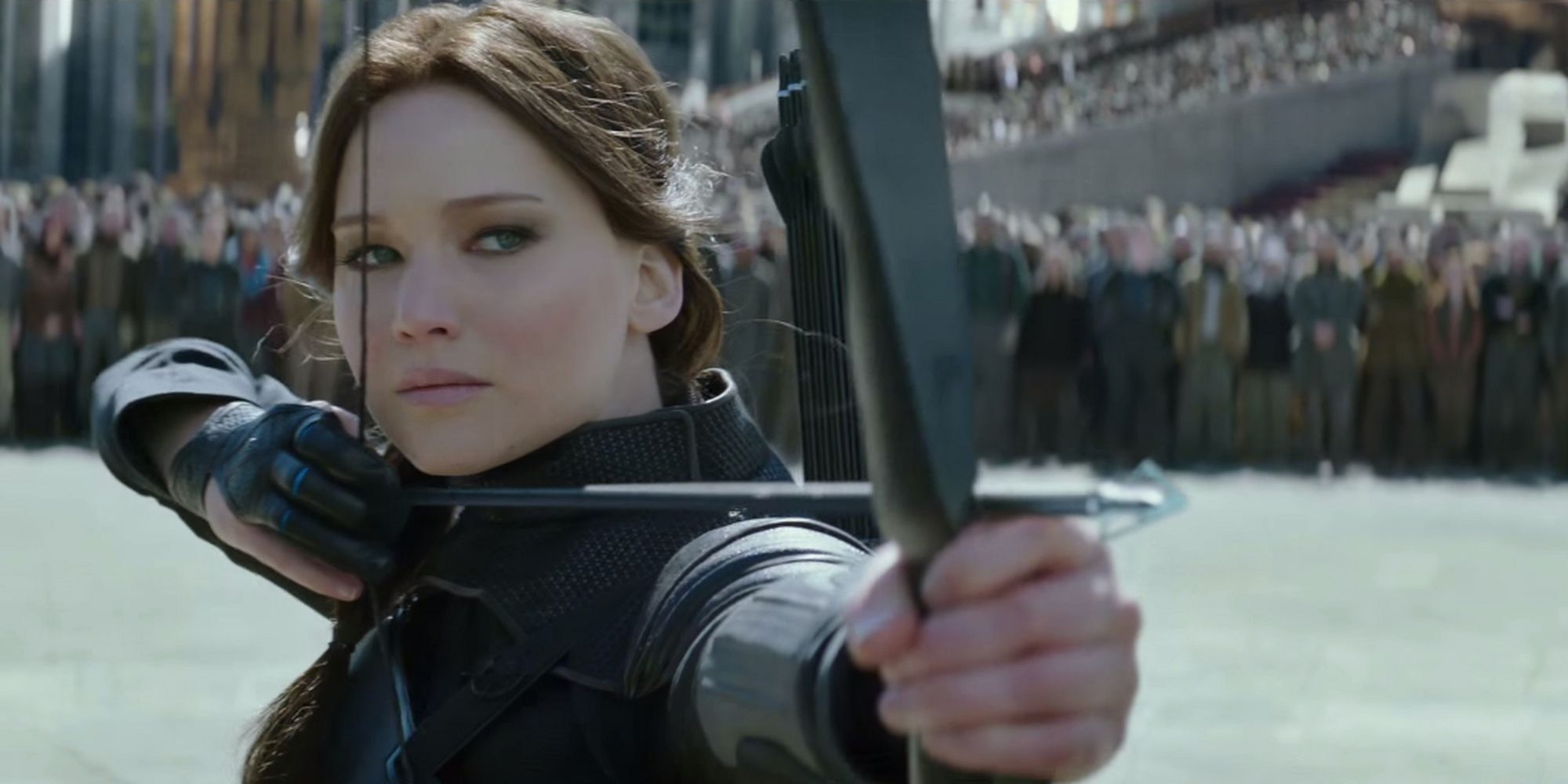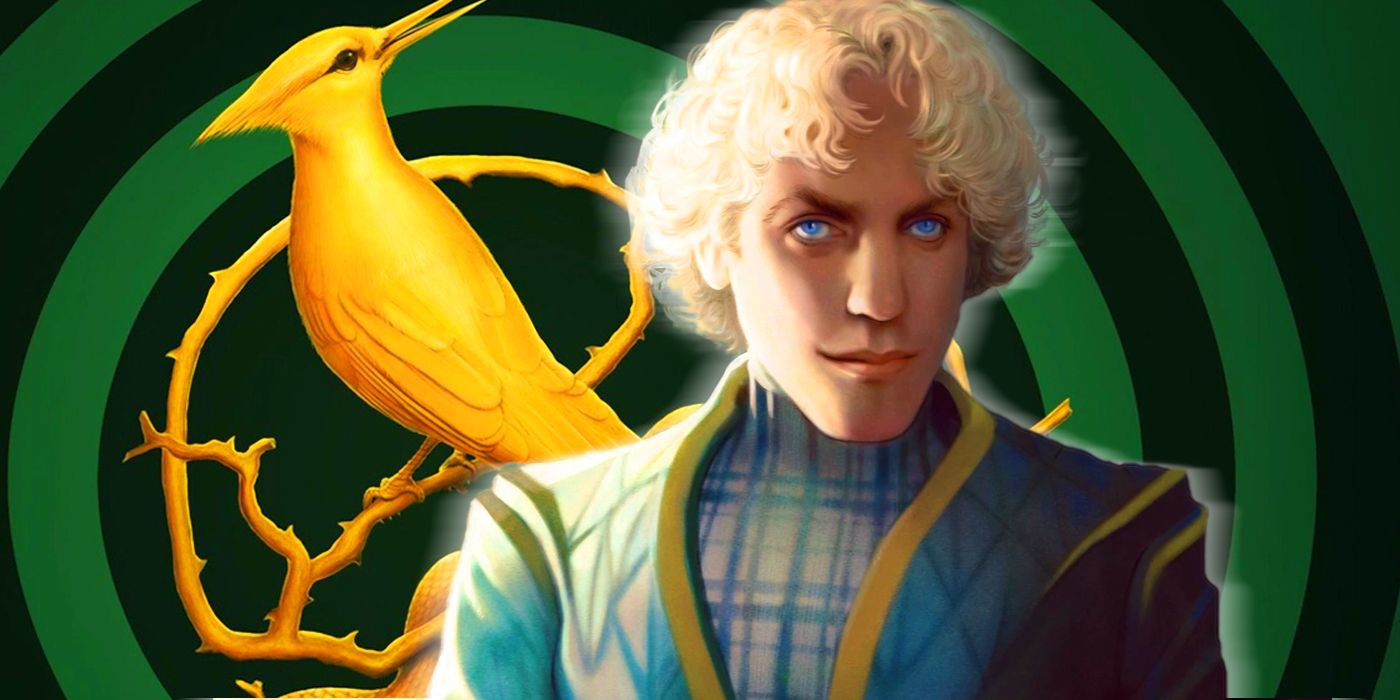The Hunger Games movies weren't the first to depict randomly selected kids being forced to fight to the death; they were just the first to aim for and receive a PG-13 rating. Now that a film adaptation of the prequel novel, The Ballad of Songbirds and Snakes, is moving ahead, fans may be wondering if the new movie will try to strike the same general audience-friendly tone. Many of the same filmmakers are reportedly involved, so that seems likely. But for several reasons, the production could be better served by committing to an R rating early on.
The books that made up the original Hunger Games trilogy dealt with some unambiguously dark subject matter, but they were nonetheless written for and marketed to a young adult audience. The novels do feature moments of intense violence, but because they're told from the perspective of Katniss Everdeen and through a non-visual medium, they're easier for the types of readers who aren't particularly well acclimated to gore to handle.
The films, vying for as large a share of the IP's existing fanbase as possible, were deliberate in how they illustrated that violence in order to qualify for a PG-13 rating. That meant, despite myriad on-screen deaths that conclude in an all-out war, the fighting had to be mostly bloodless with quick cutaways. It also meant that certain elements from the novels had to be downplayed. The tributes' injuries are more gruesome on the page, as are the obstacles and threats the games place in their way, and President Snow plays a much bigger and more nefarious role. One could argue this watered down the content of the source material, but it also kept the movies from glorifying the type of the violence that book describes, which was one of the challenges that faced adapting the material for the screen.
In contrast, The Ballad of Songbirds and Snakes, which turns a young Coriolanus Snow into its anti-hero, is written for and marketed to a more adult audience. It's noticeably more violent, not to mention more complex in its themes.
The Hunger Games begins 74 years after the war that resulted in the Panem Capitol and its 12 outlying districts, by which point the annual event has become a macabre tradition in the post-apocalyptic society's excuse for culture. At its start, the districts' long-suffering people are beaten down and have been for three generations; most aren't actively entertaining the notion of rebellion or revolution. In true YA form, each novel's structure is fairly predictably organized. There's a love triangle that pays off with as happy an ending as can be in dystopia. The themes -- the moral relativism that comes with survival, as well as scrutinization of both extreme capitalism and government control -- are nuanced enough to speak to teenagers and to allow any reader to see their own political philosophies within them, but they're still pretty apparent by literary standards. All of that made it easier for filmmakers to translate the books into movies that were also intended for a YA audience.
The Ballad of Songbirds and Snakes takes place a mere 10 years after the war that established Panem, and society is still in the midst of rebuilding itself. There's no sleek pre-show hosted by Caesar Flickerman here. Life on the streets of Panem is grittier and more paranoid, as are the games themselves. Without showy arenas and special effects, the sport of murder is the main attraction. Dead bodies are left where they lie, and gory deaths occur unexpectedly outside of the brutal competition. But of most consquence is the change of protagonist from stoic hero Katniss to cunning and unreadable Coriolanus.
In this latest novel, an orphaned Snow is still technically part of the upper-classes, but is himself struggling to survive. Rather than participate in the fighting, he's conscripted to mentor a tribute from District 12, for whom he inevitably develops romantic feelings. But if readers think they know how things will go from there, they'd be mistaken. Snow is as unpredictable as the book's plot, and his deeply complicated sense of morality makes the themes harder to unravel. As a result, the story feels as if it's intended for a more mature audience who will appreciate its challenging aspects, and won't mind its relative lack of spectacle.
It's been 13 years since The Hunger Games hit bookshelves, and many of the YA fans who fueled the books' and movies' popularity are now in their late 20s, 30s, or 40s. While the franchise has enjoyed some enduring cultural relevance, there's no reason to assume that this generation's 13-16 year olds will be the demographic most eager to line up for tickets to a prequel about an elderly villain, even if he is played by a handsome young star on the rise. If the studio and the artists behind the movie want to create something that does the book justice, a focus on adult audiences and an R rating would give them the freedom to do so. But The Hunger Games movies all made north of 600 million dollars and few moviegoers complained that they weren't upsetting enough, so in the end, the powers that be might not want to fix a system that doesn't seem to be broken.
The film adaptation of The Ballad of Songbirds and Snakes looks to reach theaters in either late 2023 or early 2024.



